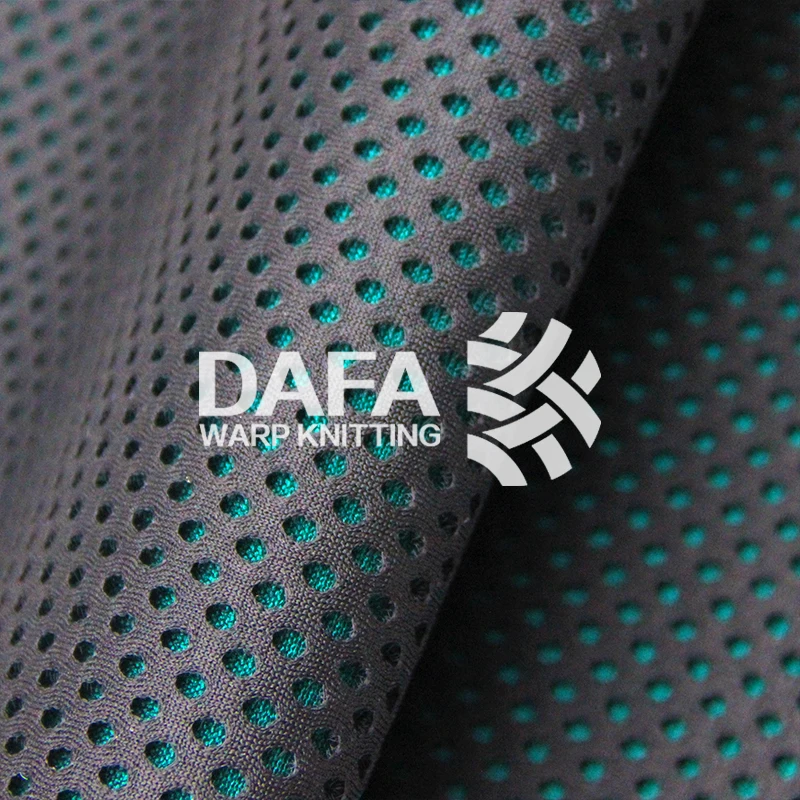How 3D Mesh Fabric_Spacer Fabric_Air Mesh Polyester Fabric can Save You Time, Stress, and Money.

All about Techtextil – Exhibitors & Products - Changshu Dafa Warp Knitting Co

WE HOPE TO OPEN TO THE PUBLIC SOON AND ARE NOW ALLOWING ONLINE WILL CALL ORDERS AND PROCESSING ONLINE ORDERS TO BE SHIPPED. WE Try This YOUR SUPPORT.
16. 4.2 Spacer fabrics, Spacer materials are considered by lots of to be perfect for cushioning applications. They are typically warp knitted, have a face layer, a back layer, and an internal spacer layer. The spacer yarns are generally monofilaments that connect the two external layers to form a three-dimensional structure.

Spacer Fabrics - Air Mesh Fabrics Manufacturer from Ludhiana
Twelve sample spacer materials were prepared by Liu et al. (2012 ), with densities varying from 5. 64 to 10. 62 mm. The spacer layer was knitted with polyester monofilament of 0. 2 mm diameter for eleven of the samples and 0. 16 mm diameter for the twelfth. They discovered that filament coarseness is a considerable variable, with coarser monofilaments supplying more protection.

500gsm polyester 3mm 3d air mesh spacer fabric, Mesh fabric 3D mesh Fabric spacer Fabric - Buy China mesh fabric, spacer fabric, 3D mesh, sandwich mesh on Globalsources.com
An optimal structure is required: not too vertical, nor too inclined. Comparisons between spacer fabrics and other protective products were not obtained. Subsequent research study (Liu, Au, & Hu, 2014a, 2014b) involved a hemispherical test surface and impact energies up to 50 J. This revealed greater intricacy in comprehending both impacts and the efficiency of spacer material as a protective product.
Not known Facts About Materials
They divided the compression procedure into four phases: the stiff phase, the flexible stage, the relaxing phase, and the ineffective stage. Zhao, Long, Yang, and Liu (2017) have concentrated on weft-knitted spacer materials due to the fact that of the capacity for smooth shaping of effect protectors. Sixteen samples of weft-knitted spacer materials were knitted with varying spacer yarn patterns, filament sizes, and material densities.
7 to 6. 4 mm. Their work is interested in cushioning rather than dynamic impact security, but the approach is one that has great prospective for producing shaped panels for protection. Nayak et al. (2017) thought about the capacity of using spacer fabrics as options to foam cushioning. 3 samples were knitted.
Fabrics B and C both had Dyneema and Elastane external layers and a Dyneema internal layer, but knitted with various structures. These were compared with closed cell foam acquired from a rugby clothing manufacturer. Their conclusion: "the flexible 3D knitted fabric structures can supply comparable level of impact security achieved by the industrial foam utilized in the rugby clothes.
